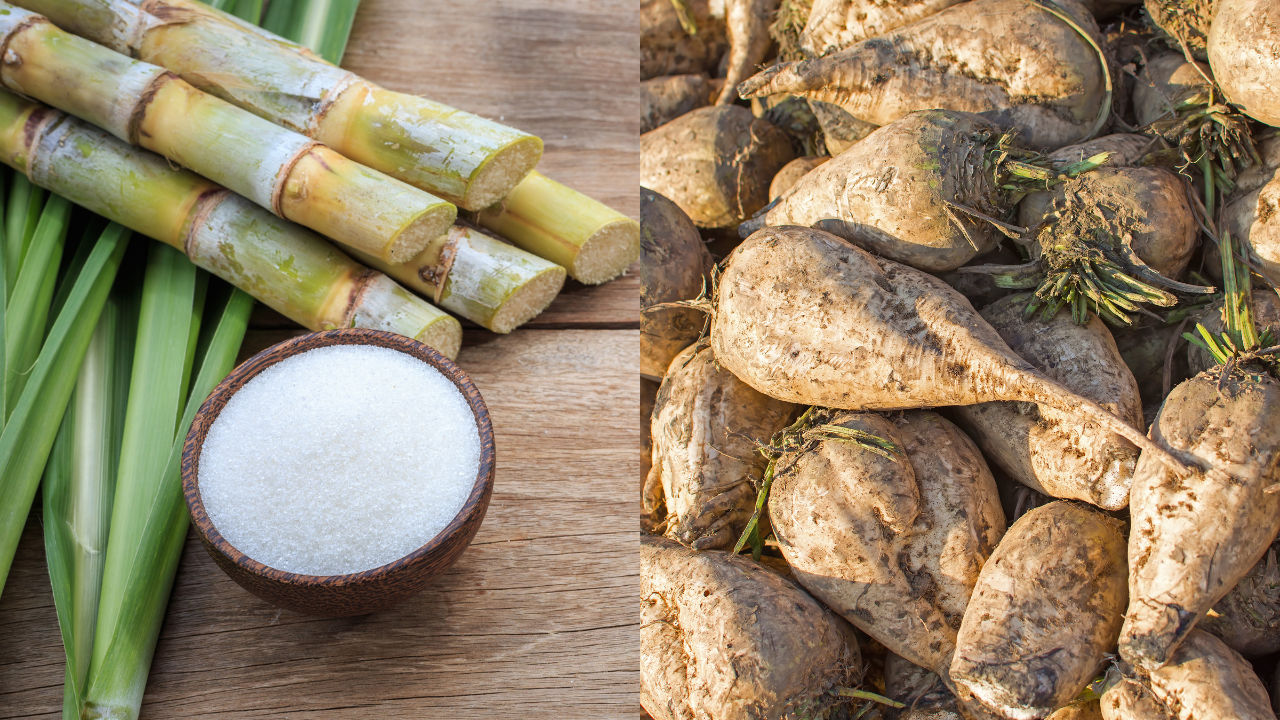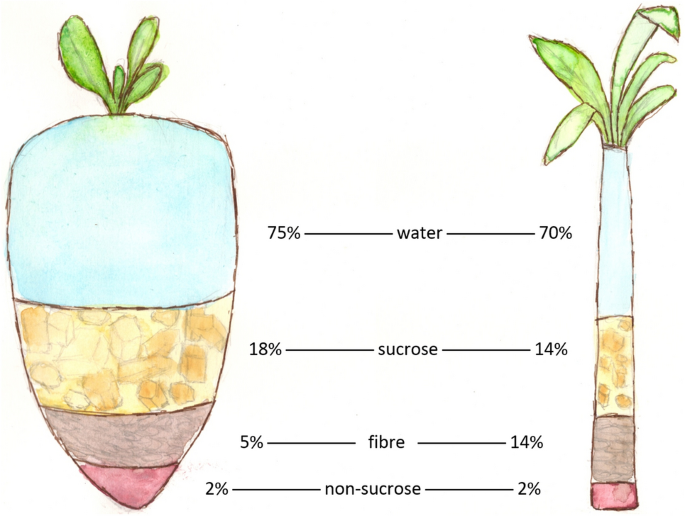Food companies consider beet sugar vs cane sugar when choosing sweeteners for different confectionery items.
Food companies consider beet sugar vs cane sugar when choosing sweeteners for different confectionery items.
Blog Article
Discover the Uses and Advantages of Beet Sugar Vs Cane Sugar in Your Daily Diet Plan
Exploring the unique high qualities of beet and cane sugar exposes greater than simply their sweetening abilities; it highlights their unique influences on health and cooking arts. Beet sugar, known for its subtle flavor, is often favored in delicate desserts, whereas cane sugar, with its tip of molasses, includes richness to robust dishes. Each type holds its own nutritional profile and glycemic effects, inviting a much deeper understanding of their functions in a balanced diet plan and sustainable consumption techniques.
Origin and Manufacturing Procedures of Beet and Cane Sugar

The distinctive environments and dirt kinds required for expanding sugar beetroots and sugarcane contribute to distinctions in their cultivation methods and geographical distribution, affecting the business economics and sustainability of their manufacturing. beet sugar vs cane sugar.
Nutritional Contrast In Between Beet Sugar and Cane Sugar
Despite originating from different plants, beet sugar and cane sugar are nutritionally very similar, both mostly including sucrose. Each supplies concerning 4 calories per gram, translating to roughly 16 calories per teaspoon. Structurally, both sugars are composed of about 99.95% sucrose, with minimal amounts of other materials like wetness and trace element, which do not dramatically modify their nutritional accounts.

Ultimately, when selecting between beet sugar and cane sugar based on nutritional material alone, both offer the same benefits and disadvantages as they are basically types of the exact same particle-- sucrose, supplying fast energy without other nutrients.
Influence On Health And Wellness: Glycemic Index and Caloric Content
Exploring even more right into the effects of beet sugar and cane sugar on health, it is vital to consider their glycemic index and calorie material. The glycemic index (GI) of both beet and cane sugar is around 65, classifying them as high-GI foods, which can cause quick spikes in blood sugar levels.
Each sort of sugar has about 4 calories per gram, making their caloric content equivalent. For those monitoring calorie consumption, particularly when handling weight or metabolic wellness conditions, comprehending this equivalence is crucial (beet sugar vs cane sugar). Extreme consumption of any kind of high-calorie, high-GI food can add to health issues such as obesity, heart condition, and insulin resistance.
Environmental and Economic Factors To Consider of Sugar Manufacturing
Beyond health influences, the manufacturing of beet and cane sugar internet additionally elevates substantial environmental and economic problems. Sugar beet growing tends to call for cooler climates and has a his explanation lower geographical impact contrasted to sugar cane, which flourishes in tropical areas.
In addition, using pesticides and plant foods in both beet and cane sugar farming can cause soil destruction and air pollution, further influencing biodiversity and regional water bodies (beet sugar vs cane sugar). The option in between growing sugar beet or cane commonly depends upon neighborhood ecological conditions and financial aspects, making the sustainability of sugar manufacturing an intricate issue
Culinary Applications and Taste Distinctions
While the environmental and financial facets of sugar manufacturing are undoubtedly significant, the choice in between beet and cane sugar also influences culinary applications and taste accounts. Beet sugar, originated from the sugar beet plant, is understood for its incredibly neutral preference. This makes it a flexible component in cooking, where it does not modify the flavor of other parts. It dissolves quickly and is perfect for use in cakes, cookies, and pastries.
Cane sugar, drawn out from sugarcane, commonly retains molasses traces, which impart a distinctive richness and deepness. The small variant in moisture material between beet and cane sugar can affect the texture and uniformity of dishes, making cane sugar a preferred choice for specific dishes that profit from its unique homes.

Final Thought
To conclude, both beet and cane sugar have unique origins and manufacturing procedures, offering similar nutritional profiles with mild differences in sodium content and flavor. While their influence on health, especially concerning glycemic index and calories, is equivalent, the choice in between them frequently click site comes down to ecological, economic elements, and certain culinary requirements. Comprehending these elements can lead customers in making educated choices that straighten with their wellness objectives and taste choices.
Report this page